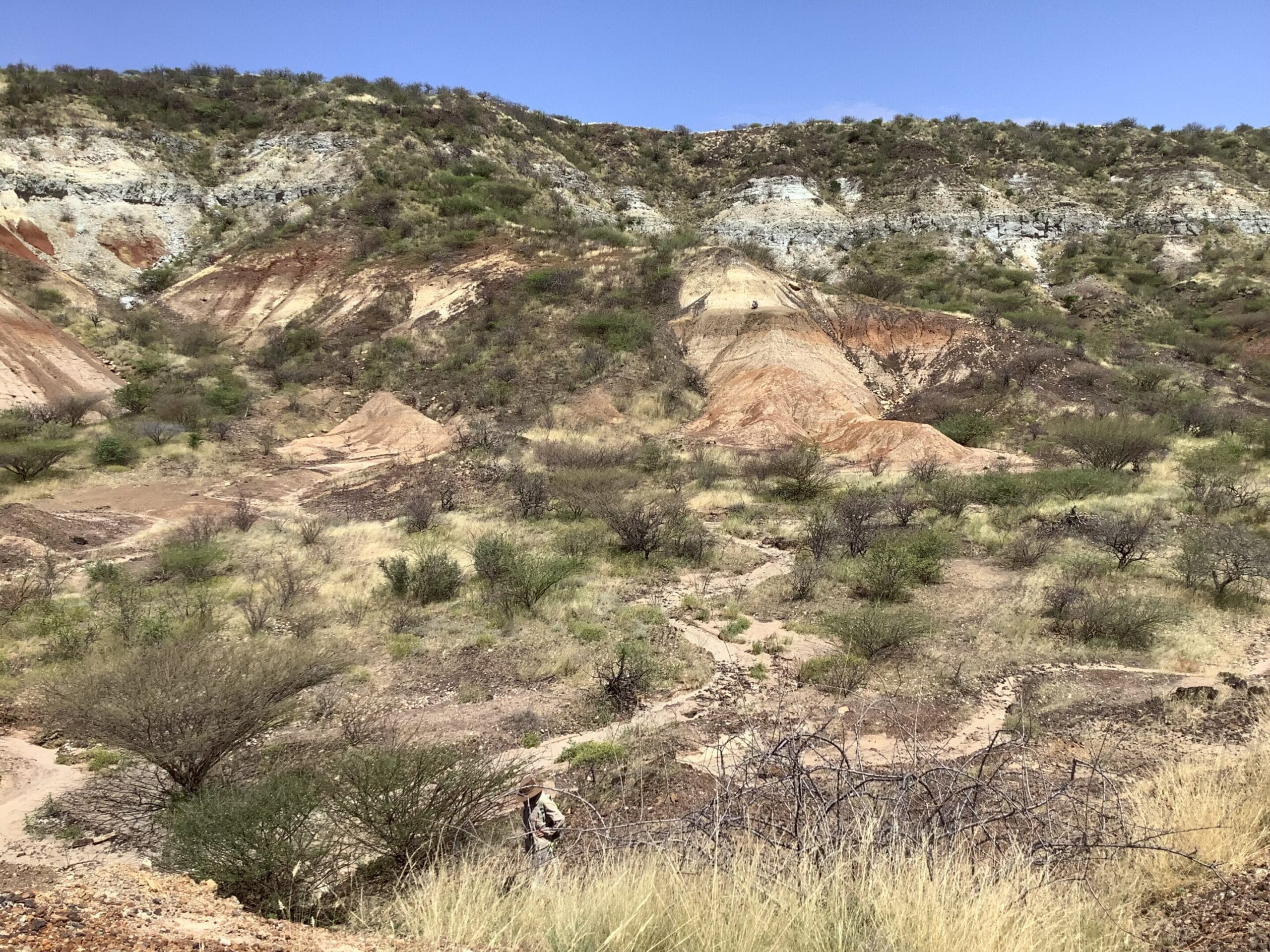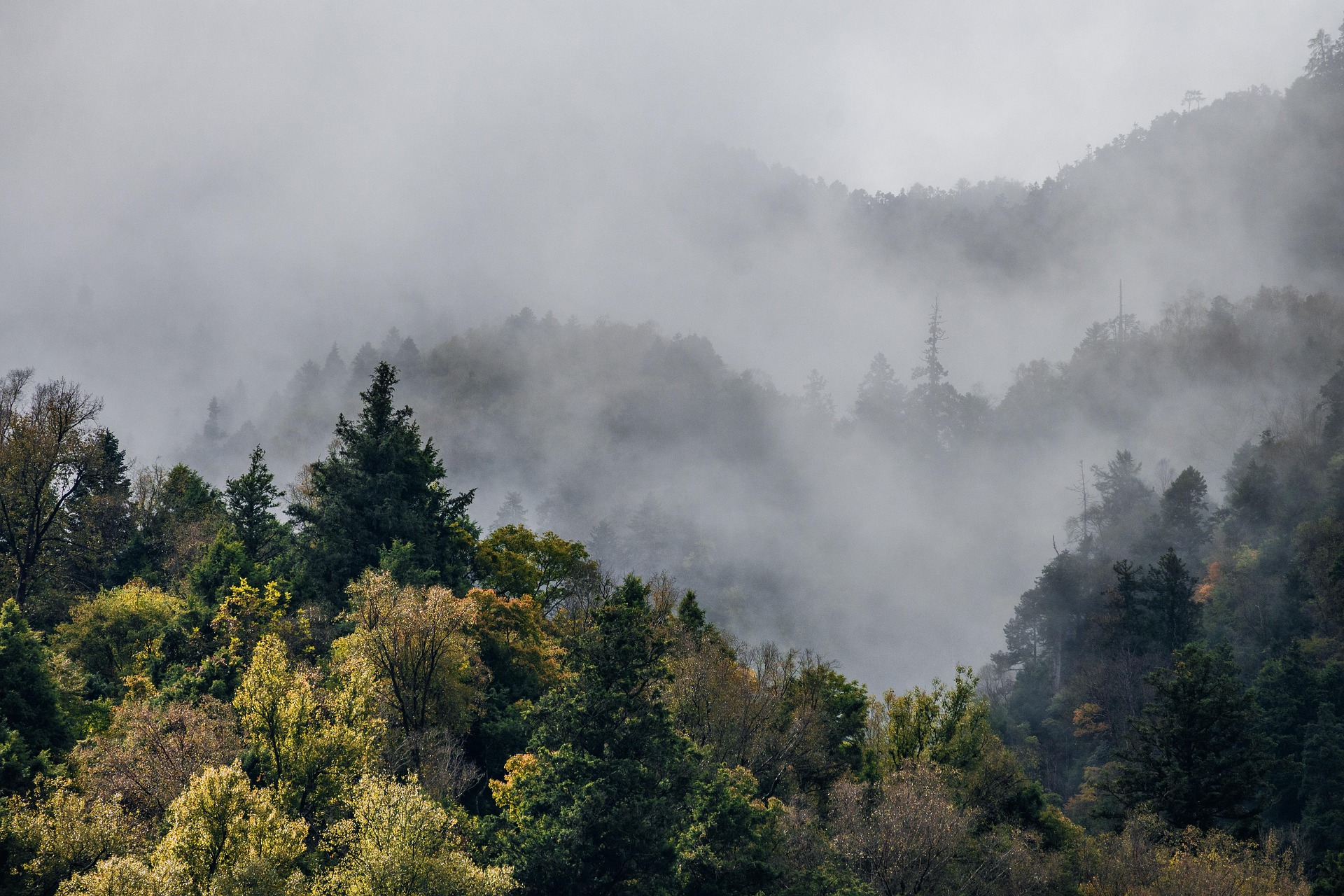Deep within the forests of Utah, there exists a living organism that defies the conventional understanding of life, age, and identity. It’s not just a single tree, as many would assume upon first glance. Instead, it is a forest, a colony of genetically identical trees bound together by a single, vast organism. Known as Pando, this extraordinary grove is often hailed as one of the oldest and heaviest living organisms on Earth. Yet, in a way, it is also immortal.
Pando, a quaking aspen forest, spans over 106 acres and consists of more than 40,000 trees. But what sets Pando apart from every other forest on the planet is that all these trees are genetically identical. They are not separate individuals, but rather branches of a single, ancient organism. To understand how this forest can be both ancient and eternal, we must delve into the fascinating world of cloning and survival strategies, where age and death are not necessarily the end, but merely a new beginning.
The Secret of Cloning
Cloning is a phenomenon that can seem alien to our understanding of life, especially when we consider human beings, who are governed by the natural cycle of birth, growth, aging, and death. Yet in the world of plants, cloning is a common and highly effective strategy for survival. Some plants have evolved to propagate themselves not through seeds, but through vegetative reproduction, where new individuals grow from parts of an existing organism. This process allows the parent plant to replicate itself, ensuring that its genetic legacy continues, often for centuries or even millennia.
Pando thrives through a type of cloning called vegetative propagation. In this process, the tree does not produce seeds but instead creates genetically identical offspring from its roots. As individual trees die off from the surface, new shoots sprout from the same underground root system. The root system, which spreads horizontally under the soil, is what ties the entire grove together as a single organism. The trees above ground are merely temporary manifestations of this vast underground entity, which continues to live, grow, and clone itself across time.
This process is what allows Pando to survive for millennia. As older trees die or are damaged by environmental factors like storms, fires, or disease, new trees sprout from the same root system. This resilience is one of the reasons why Pando is often described as “immortal,” though it’s not technically eternal. Rather, Pando is an example of how an organism can cheat the typical biological clock by continuously renewing itself, generation after generation.
The Ancient Origins of Pando
Pando’s story begins with the roots that stretch deep beneath the surface of the earth. Scientists believe that this extraordinary organism began its life thousands of years ago, possibly as far back as 80,000 years ago. During that time, the landscape was vastly different, yet the same roots that connected Pando’s trees today began to sprout from the soil.
It is believed that Pando originated from a single seed, just like any other tree, but over time, the tree cloned itself through its root system. As centuries passed, the root system grew and expanded, creating new shoots that formed more trees above ground. These trees, though they appear distinct and separate, are genetically identical, all sharing the same DNA. Some of the trees might be hundreds of years old, but the root system, which sustains the entire colony, is the true ancient heart of Pando.
Pando’s ability to clone itself has allowed it to adapt to the ever-changing environment. As the climate has shifted over the millennia, the root system has been able to regenerate itself, producing new trees that can survive in different conditions. This adaptability has allowed Pando to thrive across various periods of history, from the Ice Age to the modern day. However, it’s not without its challenges.
The Resilience of Pando: Surviving the Ages
One of the most remarkable aspects of Pando is its ability to withstand harsh environments. Throughout history, the land on which Pando stands has been subjected to fire, drought, disease, and even human intervention. Yet the organism has endured. In many ways, Pando has become a symbol of the resilience of life itself.
In the face of devastating wildfires, Pando’s root system can survive underground, protected from the flames. New shoots sprout from the roots after the fire has passed, allowing the grove to regrow and continue its existence. Similarly, when faced with disease or pest infestations that may harm individual trees, the colony can simply generate new shoots that are free from the threat. In this way, Pando’s ability to clone itself provides it with a constant means of regeneration, a form of resilience that most individual organisms could never hope to achieve.
But Pando’s ability to clone itself isn’t just about survival—it’s about thriving across generations. As each new shoot rises from the root system, it carries the same genetic blueprint as the trees that came before it. The forest remains an interconnected whole, with the roots of the ancient organism continuing to provide the nutrients and support for the trees above. This biological continuity ensures that Pando, in many ways, remains as it was when it first began its journey through time.
A Living Organism: What Is Pando, Really?
Is Pando a single tree, or is it a forest of many? The answer depends on how you define life. For most people, a tree is a distinct organism—a single being with a trunk, leaves, and roots that exists independently from other trees. But Pando challenges this conventional definition. While the individual trees above the ground are temporary and short-lived, the true organism is the root system that binds them all together. It’s the underground network of roots that continues to grow and regenerate, producing new shoots year after year. In this sense, Pando is not a single tree, but rather a single living organism spread out across an entire forest.
This idea of a living organism that transcends individual trees brings us to a deeper question: what does it mean to be alive? In the case of Pando, the life of the organism is not limited to the trees that stand above the ground. Instead, it exists in the invisible, sprawling network of roots that sustains the entire colony. This underground network is where the true identity of Pando lies, not in the separate trees that rise up from the soil. Each tree is simply a temporary manifestation of the larger organism, a branch of a much larger whole.
In a way, Pando is both one and many. It is a forest, yet it is a single entity. It is a tree, yet it is a colony. This paradox of existence is what makes Pando so fascinating. It invites us to rethink our understanding of life, identity, and continuity, challenging the boundaries between the individual and the collective.
The Race Against Time: Can Pando Survive Today?
Despite its ancient roots and remarkable ability to clone itself, Pando faces new challenges in the modern world. Climate change, human encroachment, and the pressures of modern society are taking their toll on this ancient organism. In recent decades, scientists have observed a decline in Pando’s health. The once-thriving forest has seen a reduction in new shoots sprouting from the root system, and some sections of the colony are starting to show signs of stress.
Human activity has also played a role in Pando’s decline. Grazing by deer and other animals has been a major factor in preventing new shoots from growing, as the young trees are often eaten before they can establish themselves. Additionally, droughts and changes in the climate have made it harder for Pando to maintain its usual growth patterns.
In an effort to preserve Pando, conservationists are working to protect the colony from further harm. Efforts include creating protective barriers to prevent overgrazing and limiting human activities in the area. The challenge, however, is that Pando’s regeneration process is slow. For it to clone itself and regenerate effectively, the right conditions must be in place, including a delicate balance of water, nutrients, and light.
Still, Pando’s resilience is not to be underestimated. Even as the world around it changes, this ancient organism continues to survive. Its root system, though facing challenges, remains a testament to the enduring power of life. And as long as the roots continue to spread and clone new trees, Pando will persist, albeit in a constantly evolving form.
A Legacy of Life
Pando teaches us many lessons about life, identity, and the passage of time. It reminds us that the world is not made up of isolated individuals, but rather of interconnected systems that rely on one another for survival. It challenges our understanding of what it means to be alive, showing us that life can exist in forms we never imagined.
Perhaps most profoundly, Pando offers us a glimpse into the future. In a world that often feels overwhelmed by change, uncertainty, and ecological collapse, Pando represents a kind of hope—a form of life that refuses to be bound by the limitations of time. It is a reminder that, through resilience, adaptation, and renewal, life can continue to thrive, even in the face of seemingly insurmountable obstacles.
And so, as Pando continues to spread its roots beneath the soil, it reminds us of a deeper truth: that life, in its most fundamental form, is not simply about the individual. It is about the connections we share, the systems we create, and the ways in which we endure across the ages. Pando, with its eternal cloning process, is both a miracle and a metaphor—a symbol of life’s unyielding persistence through time.






